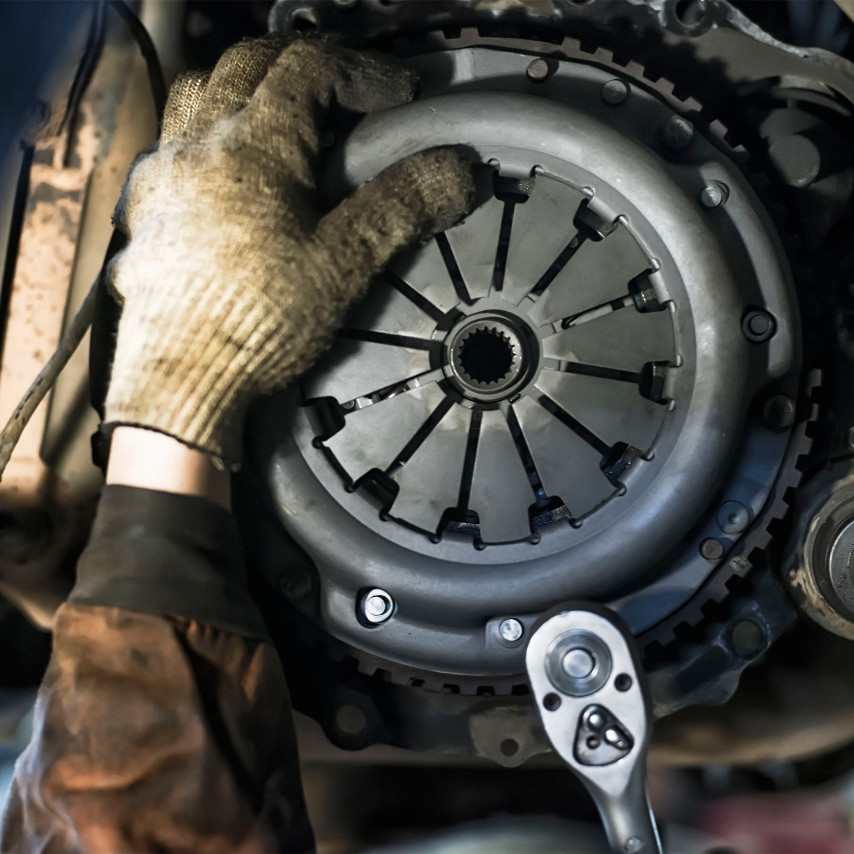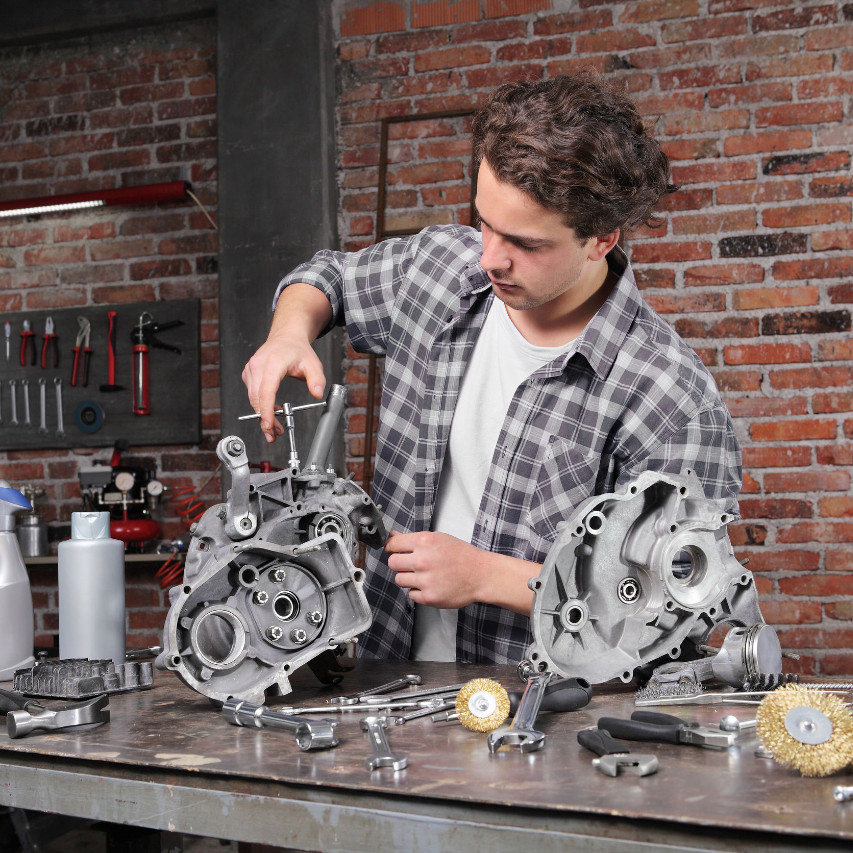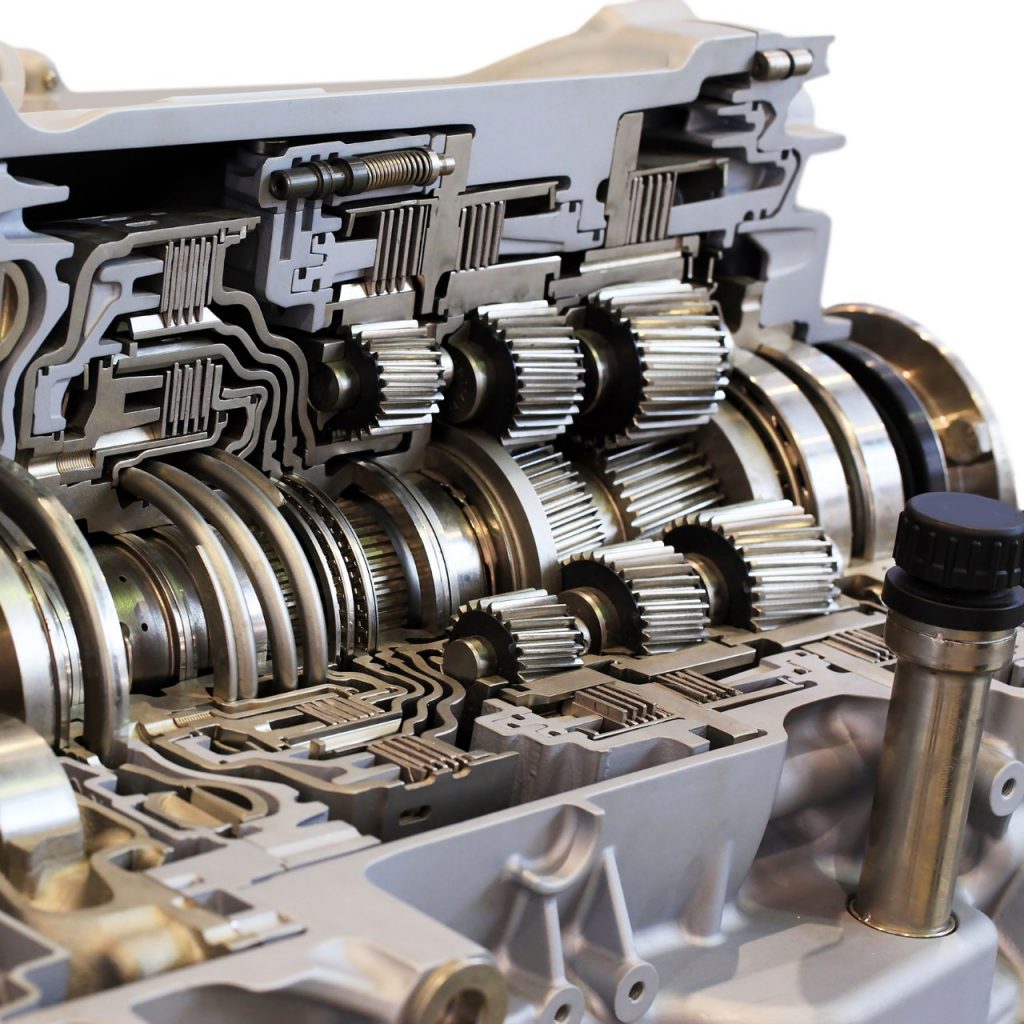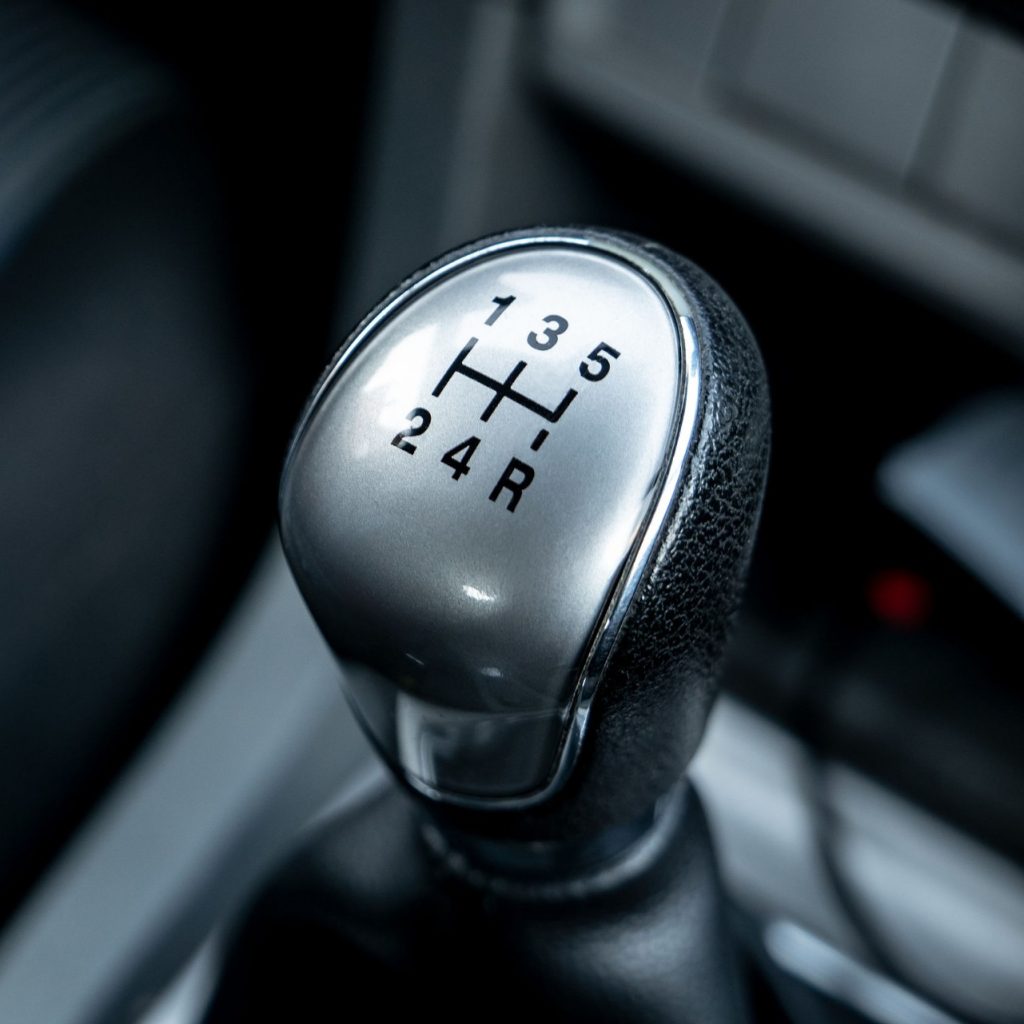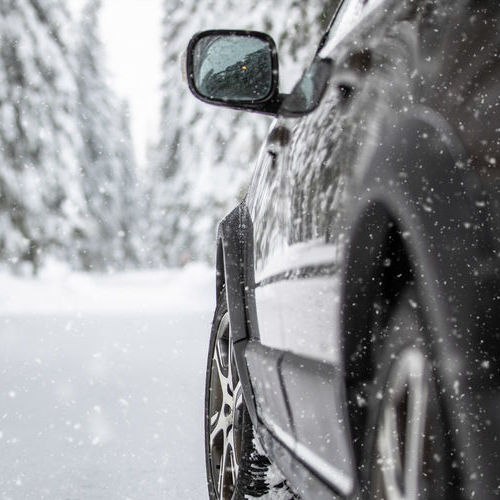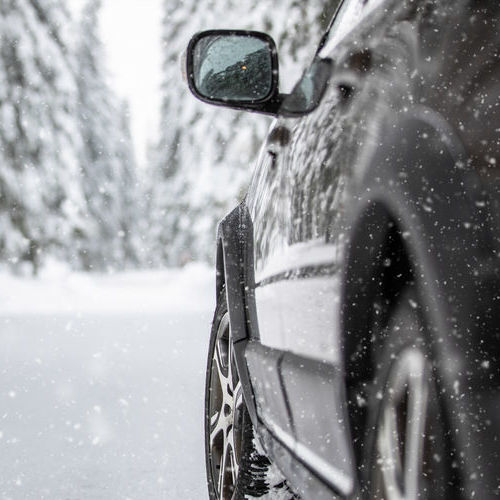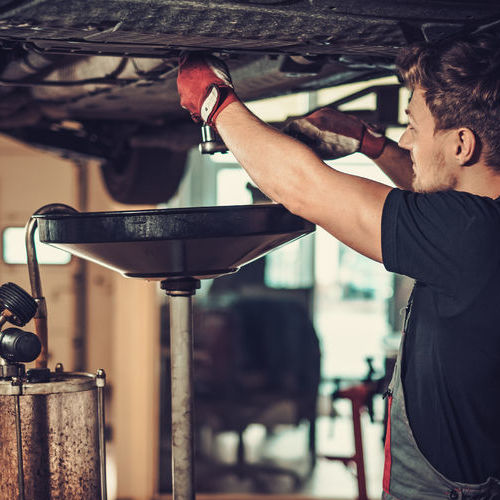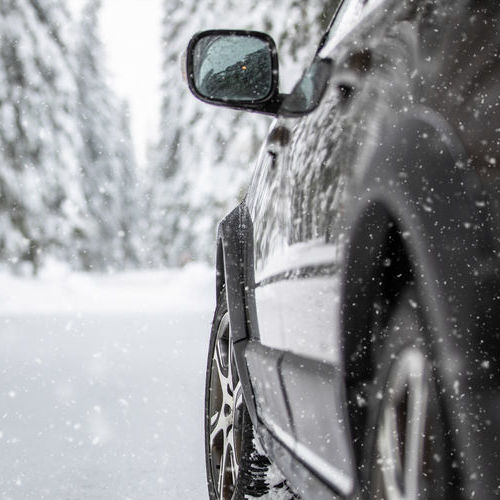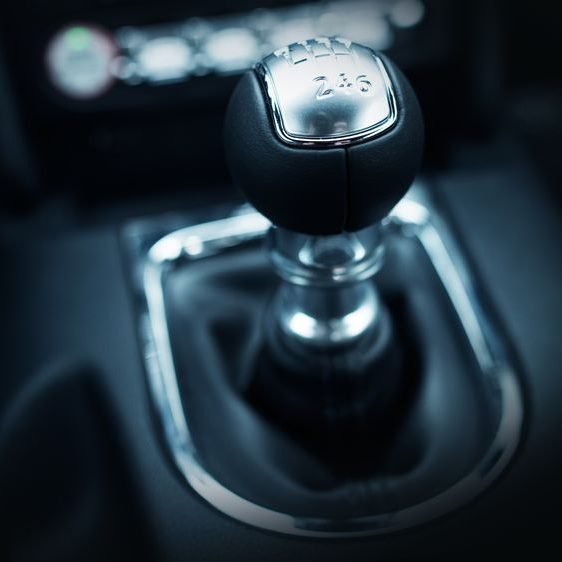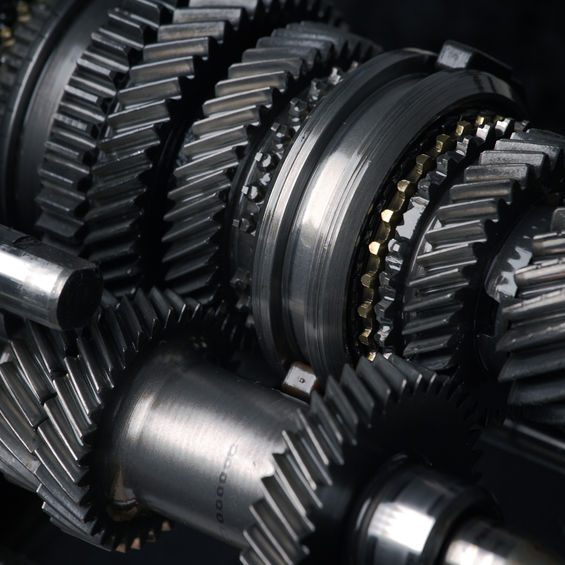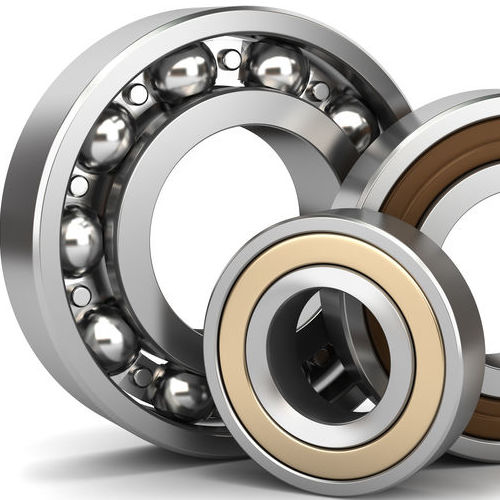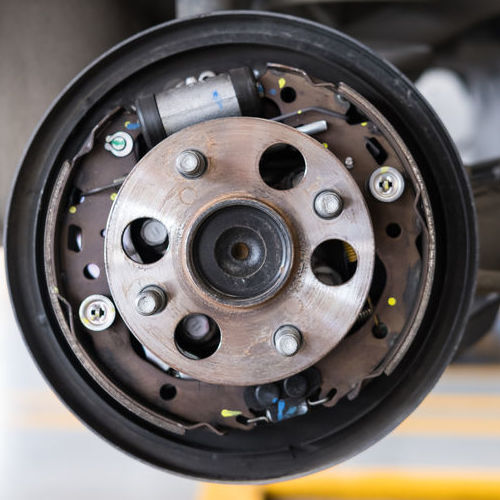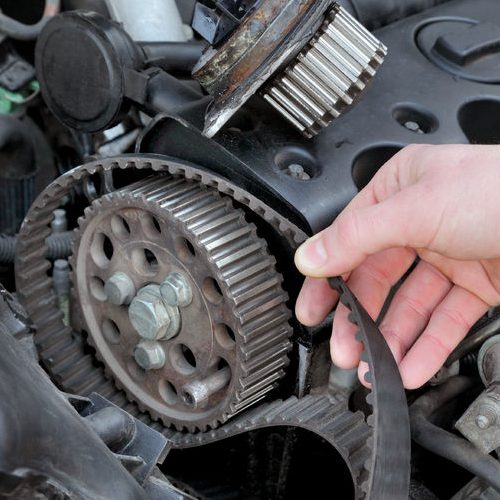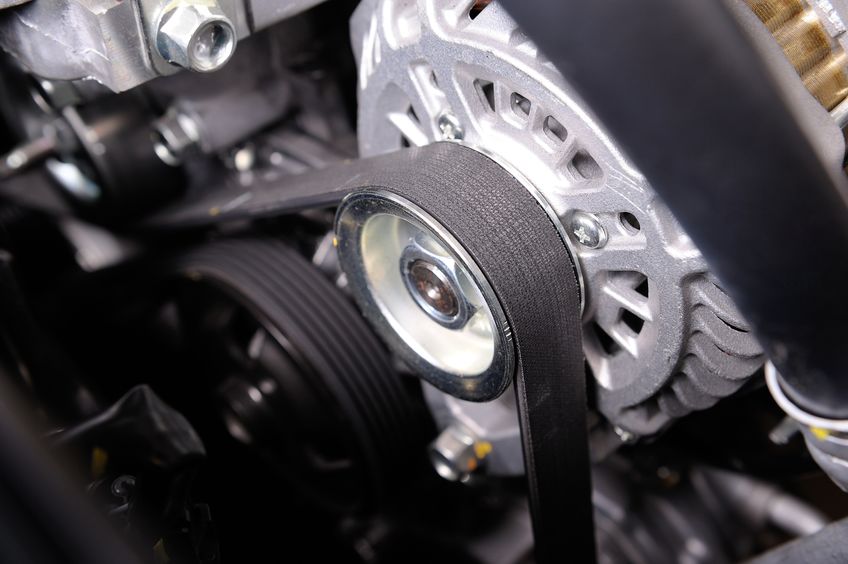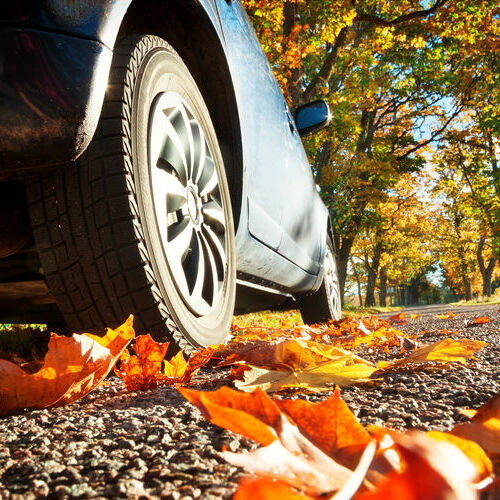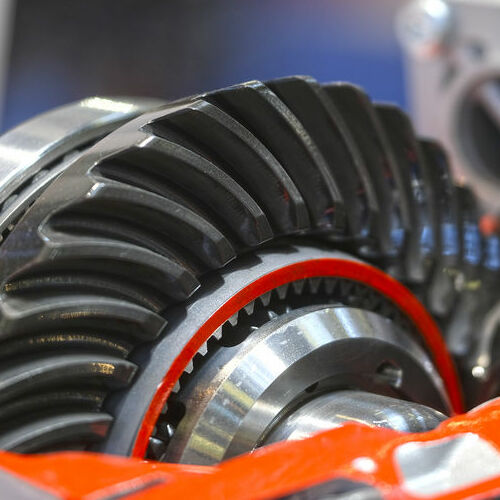
What does transmission rebuild mean?
When you get a transmission rebuild on your vehicle, you are getting a major overhaul on the vehicle’s transmission. With a rebuild, instead of replacing the whole transmission, you are just replacing the parts that are failing or have worn out. It’s often much more affordable than getting your whole transmission replaced. Along with replacing damaged parts, the rebuild will include an inspection of the transmission. The rebuild will allow your transmission to perform at peak levels and operate efficiently. Whenever you need a transmission repair service in Inglewood, CA, you can always expect superb service from L.A. NTX Transmissions. Find out how we can help by calling __PHONE__.
What are the signs your transmission is going out?
When you are driving along and hear a buzzing sound coming from your car, this may be a sign your transmission is failing. If you slow down, the buzzing may stop, but once you speed up again and the car will rev up. Other signs of a faulty transmission include random gear shifting or failure to shift at all, burning smells, fluid leaks or the check engine light comes on. Anytime these issues occur, you should take your car to a mechanic as soon as possible to have the issue diagnosed. Letting them go on too long could lead to more costly repairs in the future. One option you’ll have for a repair is a transmission rebuild.
Transmission rebuild or replace
Anytime you have problems with your transmission you’ll have to consider repair options. More often than not you’ll have to choose between a transmission rebuild or replacement. The transmission rebuild, which involves replacing just faulty or worn parts, is the least expensive option. However, there may be times when it’s necessary to replace your transmission. Usually this option is necessary only when the transmission is too damaged to rebuild. One advantage of a full replacement is that you’ll be getting a fully updated transmission.
Is rebuilding a transmission worth it?
A transmission rebuild is often the best and most affordable option you can take when you need your transmission repaired. In most cases, when you’re rebuilding a transmission, you’re getting parts like seals, gaskets or the clutch. When these parts are replaced, you’ll be getting all new parts. If you have the transmission replaced, some of the parts may be remanufactured.
How long does transmission rebuild take
A transmission rebuild can be a time consuming repair, but worth it in the end because your vehicle will perform at peak levels again once the repair is finished. A rebuild can take up to three or four days. Of course you will always save time and money, avoiding costly and time-consuming repairs, through regular maintenance and tune-ups. With regular maintenance and tune-ups, you’ll be able to catch minor problems and get them repaired before they turn into major problems. You’ll also be able to replace relatively inexpensive parts like air filters or worn belts that keep your car and its components running smoothly.
How long does a transmission rebuild last?
If you have a good transmission rebuild—as you’ll get from L.A. NTX Transmissions—you’ll have new parts in your transmission that will have it working like new. Depending on the care you get from automotive technicians with a rebuild, at the very least it should last somewhere between 30,000 to 40,000 miles. But with the very best care, the transmission should last 150,000 to 200,000 miles. When L.A. NTX Transmissions rebuilds your transmission, we take care to provide you with the very best service and parts available, so you can count on your transmission lasting a long time.
Can I rebuild a transmission on my own?
If you are a skilled mechanic and have the right tools and a big enough space for the parts, you can rebuild a transmission on your own. If you do want to rebuild a transmission on your own, you can save yourself a lot of hassle buying a transmission rebuild kit. Below is what it takes to rebuild a transmission:
Transmission rebuild steps
- Start by completely removing the transmission from the vehicle.
- The transmission is then disassembled and each part is inspected for wear.
- All worn or faulty parts are replaced.
- You will also want to check service bulletins for recommendations from the auto manufacturer to make corrections in design flaws.
- All parts are then cleaned before the transmission is re-assembled and returned to the vehicle.
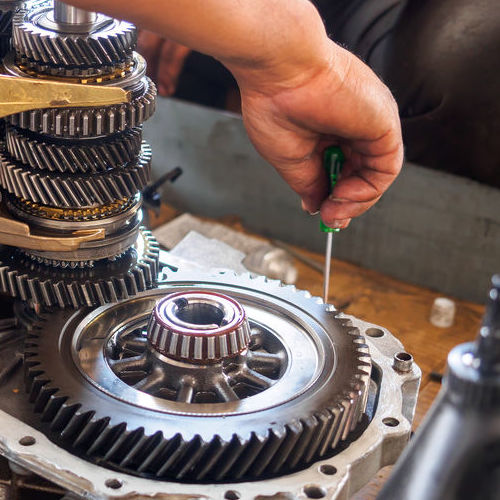
Where to get a transmission rebuild
If you are having problems with your transmission and need a professional transmission rebuild in Inglewood, CA, you can always expect great service at affordable prices from L.A. NTX Transmissions. We offer a full range of transmission repair services, as well as services like general maintenance and tune-ups. Find out how we can help you or schedule a service appointment by calling __PHONE__.

